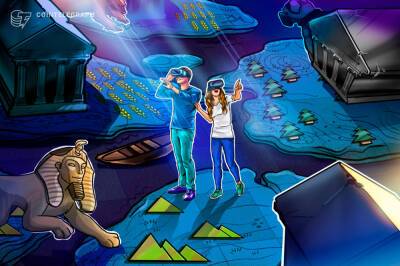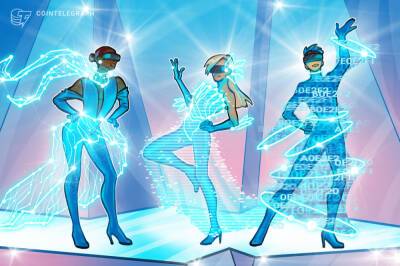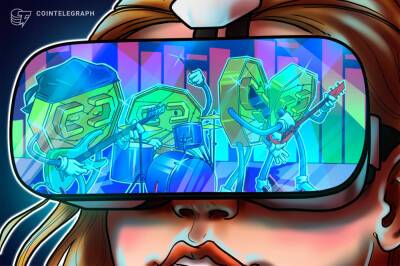There is room for the Metaverse in 2022, but the virtual space is far from perfect
It is hard to resist the vision spun to us by Meta (formerly Facebook) and other virtual world platforms. A digital utopia that can transform lives in multiple ways — whether how we socialize, work or even stay healthy — is a hard one to refuse.
This is especially true when considering that these platforms are being described as the biggest technological disruption to human life and a multi-trillion dollar opportunity for businesses. However, there is skepticism from some that this is all too good to be true — at least for now.
The technological architecture that would allow this promised immersive experience to spring to life is lacking. Take the example of live performances used in Facebook’s metaverse video back in October. The idea of experiencing those authentic real-world sensations through a headset seems far-fetched. What seems even more implausible is a virtual reality headset becoming a household must-have.
Advanced VR equipment will most likely be needed to allow us to immerse ourselves in these virtual worlds. Yet, customers have previously shown resistance to buying the often expensive and bulky VR headsets and other hardware. The first Oculus headset launched more than five years ago. It has not come anywhere close to the same mainstream adoption as more compact and convenient hardware, like the mobile phone or laptop.
Expensive equipment is not a necessity for the foundations of the Metaverse. It is accessibility that is key to start onboarding users for any technological innovation.
Pokémon GO is the perfect case study. The augmented reality game got users out in the real world collecting the titular fictional creatures. It was successful not only because of the engaging gameplay, but because of its
Read more on cointelegraph.com




















![Sky Mavis - Is Axie Infinity [AXS] still in shock after two weeks of the Ronin hack - ambcrypto.com - city Santiment](https://finance-news.co/storage/thumbs_400/img/2022/4/9/21154_c5w5.jpg)



